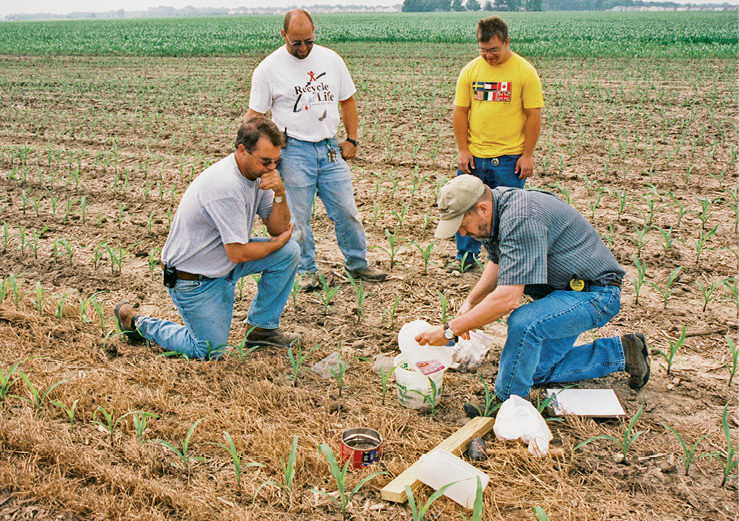No-Till Farmer
Get full access NOW to the most comprehensive, powerful and easy-to-use online resource for no-tillage practices. Just one good idea will pay for your subscription hundreds of times over.

As no-tillers lead the charge into the use of annual ryegrass as a cover crop, they are also discovering the potential setbacks. The biggest problems appear to be ocassional winter kill and spring burndown difficulties associated with cold temperatures.
Dan Towery, formerly of the Conservation Technology Information Center and now a consultant operating Ag Conservation Solutions in Lafayette, Ind., stays in touch with many of the researchers and no-tillers pushing the cover crop envelope.
He says anecdotal evidence suggests that some no-tillers experienced significant yield increases in both corn and soybeans last year due to the use of an annual ryegrass cover crop. But he also notes that significant numbers of no-tillers experienced winter kill problems during 2 of the past 3 years.
“But there’s been no consistency to it,” he says. “Some no-tillers had excellent stands, both in the fall and in the spring. Some of them had a cold snap that burned the cover crop, but it came back strong. Other fields did not. Nobody had total winter kill, though. On the lee side of hedge rows or buildings, the annual ryegrass survived.”
Having witnessed the problems and successes with annual ryegrass cover crops, Towery views the past few years as a learning opportunity that will help lead to recommended management practices.
“It might be a combination of things that takes us from 50/50 success to a point where the cover crops succeed 90 percent of the time,” he says. “It will be a combination of correct planting…